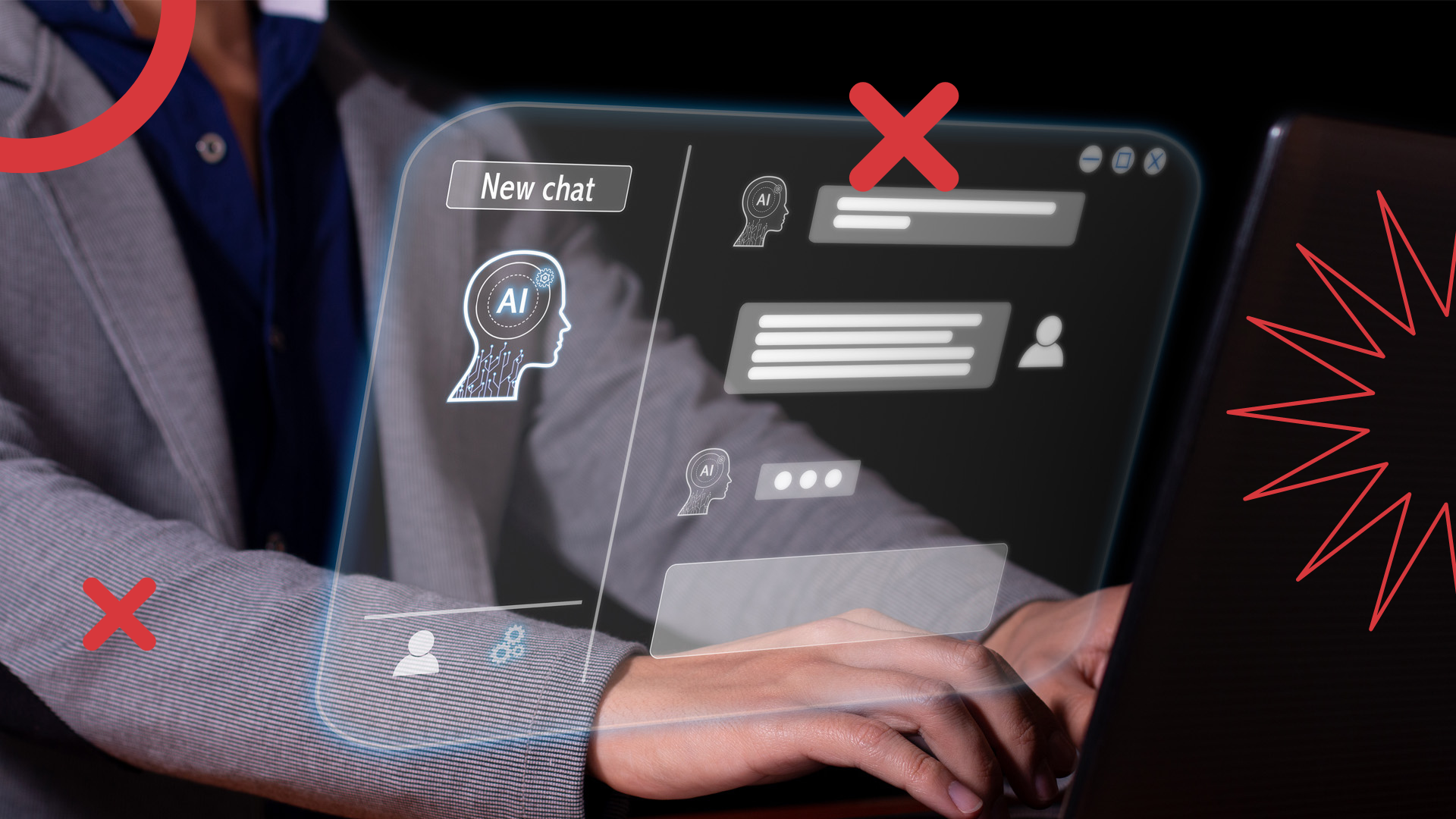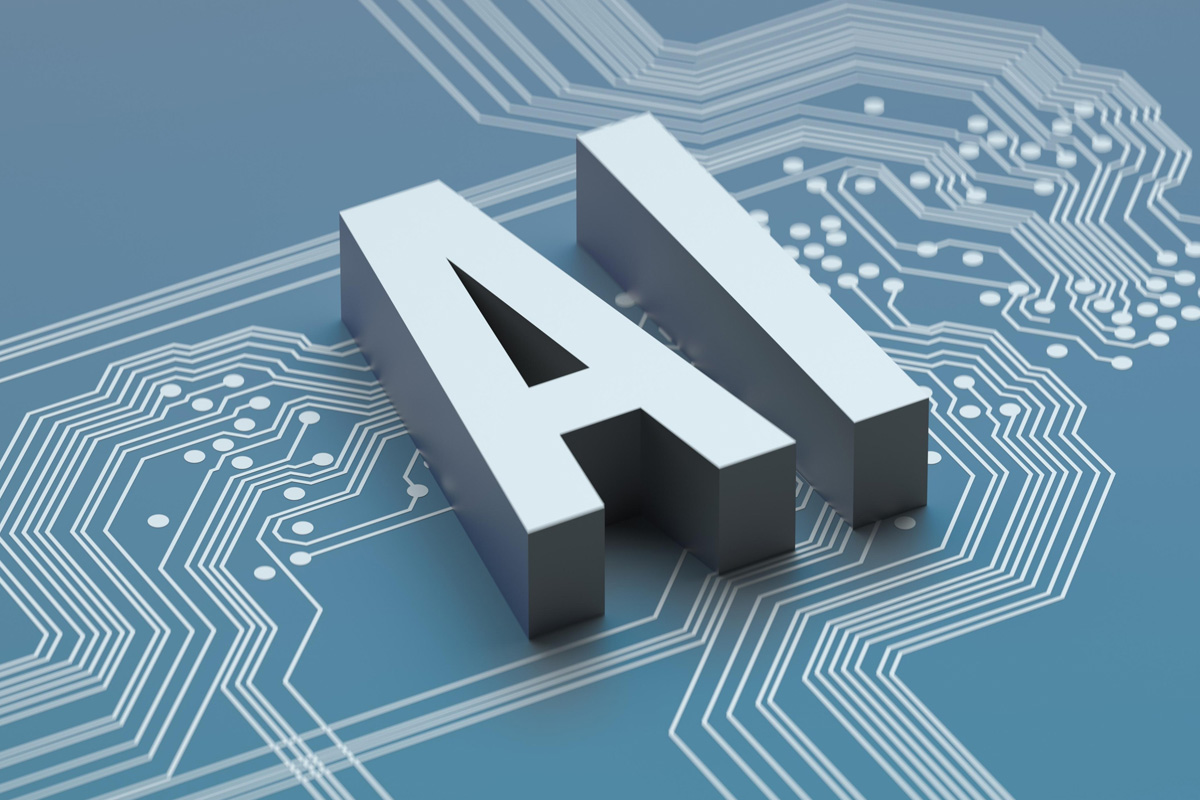Is Google or Chat GPT Better to Translate With?
AI - Google Bard - Artificial Intelligence - ChatGPT - Food for thought

In the bustling digital arena of 2023, two giants face off: Google Bard and ChatGPT. But which is the best when you need to translate? It’s like deciding between two coffee brews – both promise a kick, but which delivers the proper buzz?
Despite these two powerful AIs often being mentioned together, there are some distinct differences between them in how they work and the results you get. So with this in mind, let’s unravel whether ChatGPT or the new and more powerful Google Translate takes the translation trophy. Let’s dig in!
What is AI?
An AI, or Artificial Intelligence, is like a computer’s way of “thinking” and “learning.” Essentially, AI simulates human intelligence, although not always well. Instead of just following pre-set instructions, AI systems can process vast amounts of data, learn from it, and make decisions or predictions. Think of it as giving computers a simplified version of our brain’s processing abilities, allowing them to recognize patterns, solve problems, and even understand language on their own. It’s technology evolving to think and adapt, not just execute.

What is ChatGPT?
ChatGPT is OpenAI’s advanced chatbot, and it’s taken the world by storm this year – it has over 100 million users, and the website generated 1.6 billion visits in June 2023[1]. It’s powered by a technology called GPT (Generative Pre-trained Transformer), which enables it to generate human-like text based on the input it receives.
Instead of just following scripted responses, ChatGPT can understand context, answer questions, and engage in dynamic conversations – this means it falls into a subset of AI called machine learning. ChatGPT is trained on vast amounts of data, allowing it to provide informative, creative, and often nuanced responses, simulating a human-like chat experience.
You can use ChatGPT for all sorts of tasks like translating text, writing emails, and writing code; you can even ask it to write your resignation letter or a poem for your crush!
What is Google Bard?
Considered a competitor to ChatGPT, Google Bard is Google’s experimental conversational AI. Like ChatGPT, Google Bard aims to simulate human conversations and allow you to complete a vast range of tasks.

What Are the difference between ChatGPT and Google Bard?
Let’s get straight to it.
- Foundation: Google Bard is built on the Pathways Language Model 2 (PaLM 2), released in 2022. ChatGPT is based on OpenAI’s GPT-3 for regular users and GPT-4 for ChatGPT Plus subscribers.
- Functionality: Bard is designed as a conversational AI chat service that pulls real-time info from the web. ChatGPT functions similarly but doesn’t pull current data from the web, relying on pre-trained information.
- Information Update: Bard offers up-to-date information by accessing real-time data from Google Search. ChatGPT’s knowledge is capped, with the current public version trained only up to September 2021.
- Primary Use Case: Bard is optimal for research, extracting, and summarizing the most relevant information from Google. ChatGPT excels as a text generator and writing tool, crafting coherent and contextually relevant responses based on pre-trained data.
- Pricing: Bard is free for those who have access. ChatGPT is free for all users, with ChatGPT Plus available at $20/month, offering advantages like GPT-4 access and faster response times.
- User Interface: Bard boasts a user-friendly interface, allowing users to edit questions after asking and viewing multiple prepared responses. ChatGPT has a more straightforward interface with no post-query editing and typically offers one response at a time.

ChatGPT vs. Google Bard: Which is Better For Translation?
Who’s got the edge in the translation game? Let’s find out!
The Quick Answer: ChatGPT outperforms Google Translate, Bing AI, and Google Bard in various studies, but it can often depend on what you need to translate and when. More on this as you read on.
The Art of Context: Google Translate is kind of like that reliable friend who occasionally misses the joke. Quick translations in a pinch? Absolutely. But it can get pretty literal sometimes, and that’s where the nuance can get lost.
ChatGPT is better in this respect. This model thrives on context. A quick “ChatGPT translate this to French at a 5th grade level,” and you get a translation tailored to your needs. And Google Bard? Well, it’s hit or miss. When it’s on point, it’s stellar. When it’s not, it might suggest you try another service, usually Google Translate.
Stumbling Blocks: No tech is perfect. ChatGPT, Google Bard, and even our steady buddy Google Translate can sometimes mix things up, especially with currencies and distances.
The Magic Behind the Scenes: What sets ChatGPT apart? It’s the RLHF approach (Reinforcement Learning with Human Feedback). It’s like it’s continuously learning from its interactions, evolving with every chat. The more it chats, the smarter it gets.

Features Galore: While ChatGPT is all about text, Google Translate pulls a few more tricks with its Lens feature, translating live speech and even text in images. Traveling abroad and facing a cryptic menu? Google Translate might be your go-to. Google Bard will likely recommend you use Google Translate if you need to do any translating on the go.
The Impact of ChatGPT & Google Bard on the Translation Industry
ChatGPT and Google Bard are reshaping the translation landscape, and with every innovation, there’s a balance to strike:
The Good: Generative models like ChatGPT could redefine the localization industry. As content creation costs drop, we’ll see an explosion of content that demands linguistic fine-tuning – from tone adjustments and cultural fit to fact-checking and bias removal. So, it’s not just about translating but also enhancing content quality.
The Challenge: However, the accuracy game has its pitfalls, especially in technical sectors where precision is non-negotiable. Another hot potato? Data security and privacy. The industry is buzzing with debates on whether it’s safe or even permissible to use these tools in sectors prioritizing data confidentiality. As it stands, there’s a single ChatGPT model accessible to all its users. It raises eyebrows in spaces where data segregation is a must.

In a Nutshell: While these AI models open doors to exciting possibilities, they also bring about new concerns that the industry must grapple with. The future of translation? Dynamic, but also demanding vigilant navigation. And translators won’t be going anywhere anytime soon.
Wrapping Up
Choosing between ChatGPT and Google Bard ultimately depends on the user’s specific requirements and use case. However, ChatGPT knows 95 natural languages and can translate sentences between these languages while explaining cultural context. In contrast, Google Bard is more apt to simply spit out translated sentences. Regardless of the choice, we can’t deny that both tools exemplify the remarkable potential of language models in enhancing user experiences. So, which one is better for you?
[1] https://explodingtopics.com/blog/chatgpt-users#
.png?width=500&height=483&name=bot%20(1).png)



